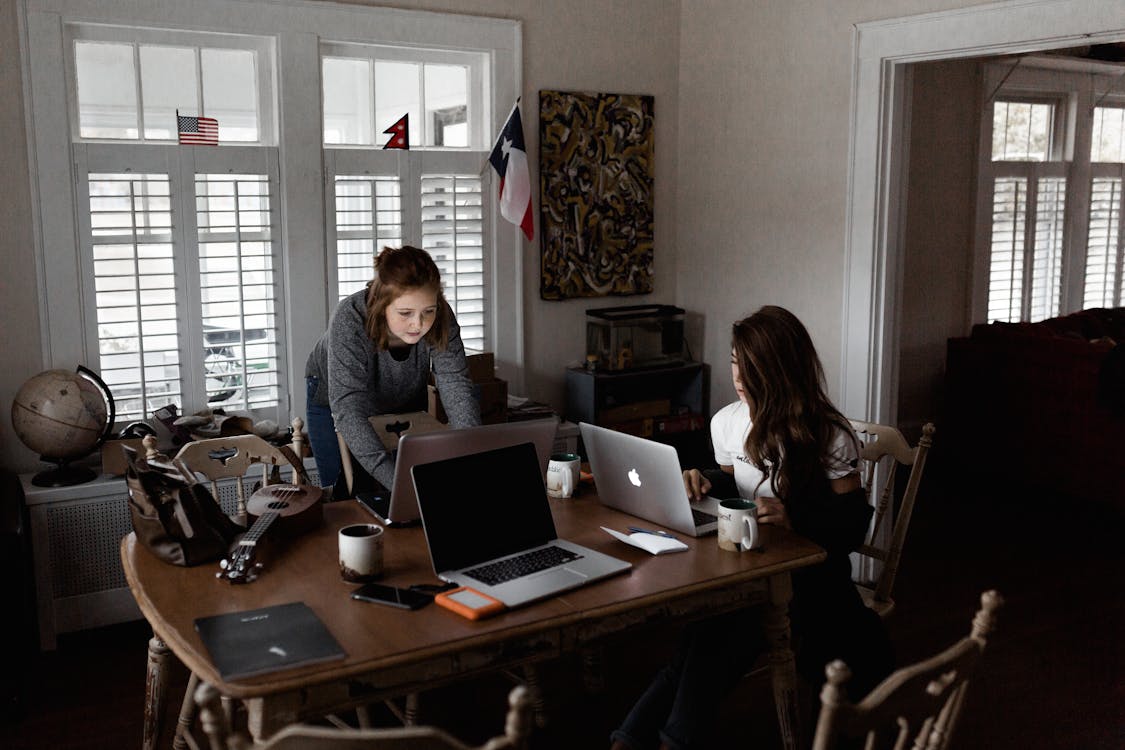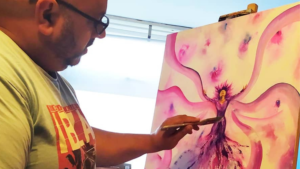As a freelancer, there’s an element of consulting that will come naturally from this role. However, there is a distinct difference between being a freelancer and being a consultant. Being a consultant in itself is a separate service in itself, as they provide a detailed strategy to clients. Whereas freelancers are usually hired to carry out work such as writing, graphic design, etc. This post shares tips for freelancers and how they can work with the natural consulting element that comes from their job:
1. Declare That You Are A Freelancer First

When you are pitching or begin a working relationship with a client, make sure you present yourself as a freelancer first. Naturally, there will be an element of consulting with your role as a freelancer, but it’s important to make it clear that there is a difference between being a professional consultant, where you can really dive in much deeper, and being a freelancer who offers the practical service to put it into play. Consultants often spend hours on calls/meeting to strategise with their clients. If you are hired to be a freelancer and offer a graphic design service tbh, and your client asks you for meetings for long hours, as if you are a consultant, a conversation must take place.
Spending hours on a call takes up extra time, that isn’t considered into your freelance rate. This is why consultancy in itself if a whole separate service. Make sure you communicate this with your client. This can be through putting boundaries on how long you have phonecalls, for example.
2. Contacts

Having a contact who is a consultant related to your freelance service, can be useful to refer your client to when they are asking you for something that would be better handled by a consultant. That way, you are still helping to provide a solution to what your client is asking. It’s also a great way to help a fellow self-employed person out.
3. Offer Advice In Your Pitch

To let clients know that you do have the experience in the service you are offering, you can craft expert knowledge in your pitch. This can be through a simple stat or inside knowledge on a topic. This is an example of how you can consult/ offer advice as a freelancer. It’s different from a whole consultation session in the depth that a proffesional consultant would do.
4. Ask Your Client How Much They Would Like You To Contribute

When starting a working relationship with your client, ask them if they would like suggestions from you on certain topics or if they already have a plan that they would like you to implement. If they say they are looking for you to come up with a detailed strategy plan, that is more suited for a consultant, then you can let them know where you stand on this. If they are looking for someone to just implement a plan into action, this is more sorted towards a freelancer’s job.
There’s a range of skillsets that come into play through being a consultant and going into as much depth in this area may not be as suitable for a freelancer who focuses more on delivering the work.
5. Lay Out What Your Actual Consultation Offers
From the first day you have landed a client, ensure you have a meeting with them to clearly lay out exactly what your consultation services offers and the knowledge you have in this field. Being as transparent as possible helps prevent any misunderstanding of what you are actually offering the client further down the line.
6. Be Clear On Your Clients Goals
When you are consulting/ meeting with a client from the start, ensure you are clear on what goals they have. Lay out a plan. This makes it easier to track progress and the impact you have on their business over time. It helps you to more clearly identify where there needs to be improvement too.
I hope these consulting tips for freelancers help you when working with freelance clients.
If you are new to freelancing and are looking for more detailed advice on how to set up and build your freelance brand, check out my Beginner Freelancer E-course.


